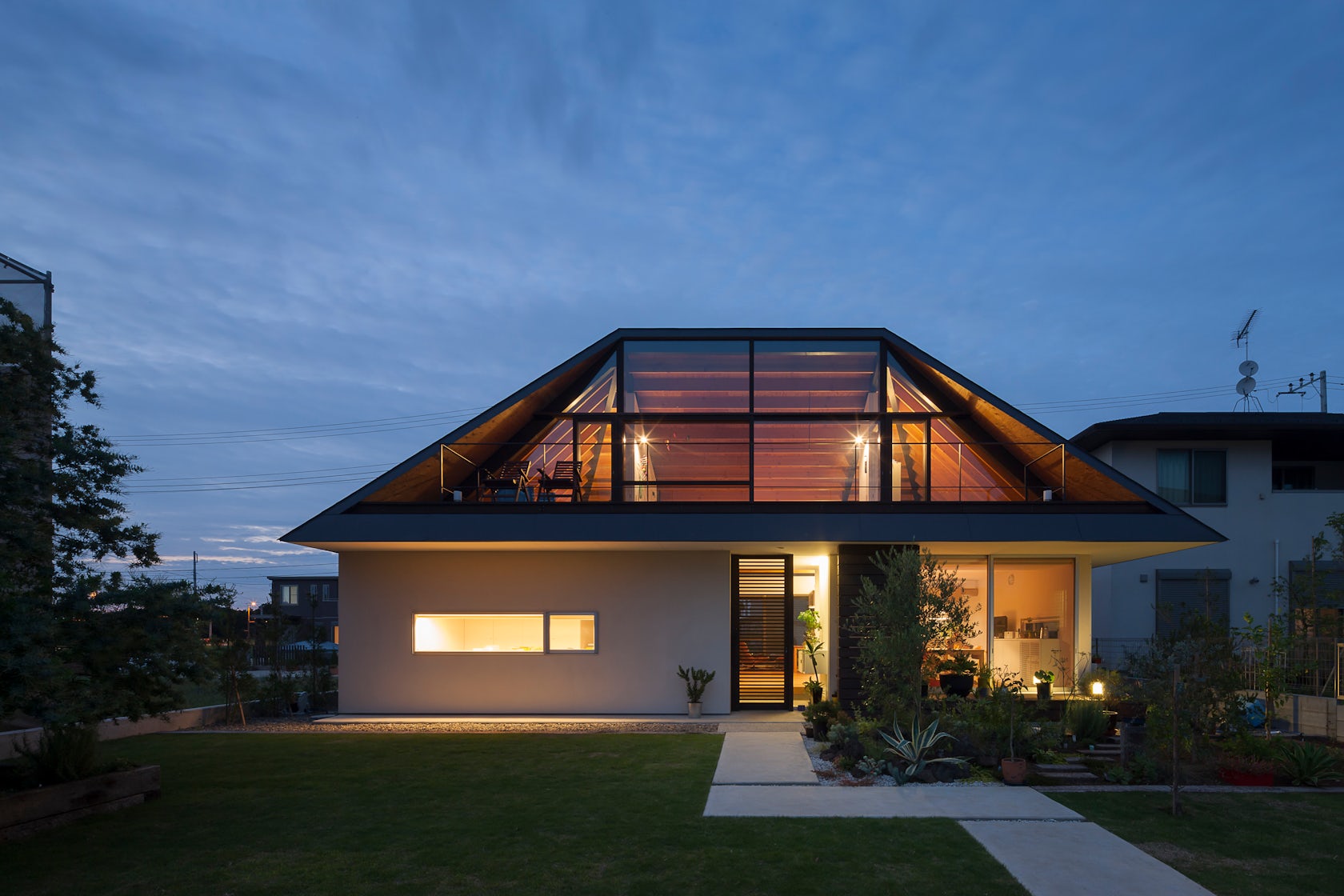The contemporary residential architecture of Japan is innovative, especially in experimentations with shapes, sizes and geometries. In sifting through new residential projects, we commonly find that Japanese architects seem to be drawn to creating new orthogonal volumes that are easily eye-catching yet understatedly beautiful. However, despite the burgeoning of such structural new design ideas, these modern homes of Japan, from high-density city centers to its more rural counter parts, seem to emanate the same core values in spatial qualities as the architects of traditional Japanese architecture, from colonial to pre-modernism.
Historically speaking, traditional Japanese architecture has always been defined by materiality and simplicity, as well as adaptability. Culturally, many Japanese place value on simple interiors with a minimal amount of accessories so that spaces can be used for different purposes. To achieve this, traditional architects have always used sliding doors to instill control in the user to adapt their homes for different functions. This multi-faceted nature of the division of interior space by Japanese architects is sustained today.
The following seven projects serve as prime examples of this adaptability, as well as the cultural importance of nature. While ordinary balconies typically serve to give a small outdoor space of relief for the inhabitant, these seven firms went beyond this single purpose. These balconies are experimentations in the adaptability of space, as they are continuations of the building volume as a whole, rather than separate accessory entities. These projects recognize not only the importance of outdoor space in a home, but also exhibit the attenuated architecture language of Japanese culture.

© TTAA /Tatsuyuki Takagi Architects Associates

© TTAA /Tatsuyuki Takagi Architects Associates

© TTAA /Tatsuyuki Takagi Architects Associates
Fly Out House by TTAA /Tatsuyuki Takagi Architects Associates, Toyohashi, Japan
The balcony of the Fly Out House create a seamless transition from indoor to outdoor space. The perspective created by the recessed balcony frames the city view.

© FUTURE STUDIO

© FUTURE STUDIO

© FUTURE STUDIO
WRAP HOUSE by FUTURE STUDIO, Hiroshima-shi, Japan
The orthogonal values of the WRAP HOUSE creates a balcony that is private but just open enough.

© MAMIYA SHINICHI DESIGN SUTUDIO

© MAMIYA SHINICHI DESIGN SUTUDIO
/SLASH by MAMIYA SHINICHI DESIGN SUTUDIO, Gifu-shi, Japan
The slanted façade of this home creates an unexpected balcony space that is recessed, connecting into the interior space. The recessed balcony gives unobstructed views of the outdoors.

© Naoi Architecture & Design Office

© Naoi Architecture & Design Office
House With a Large Hipped Roofby Naoi Architecture & Design Office, Ibaraki, Japan
The architects of this home take advantage of the large hipped roof to create an elongated outdoor space, which feels a part of the interior space.

© International Royal Architecture

© International Royal Architecture
KHTby International Royal Architecture, Nishimurayama, Japan
The outdoor balcony space is a cut-out volume from the structure as a whole, creating a brief moment of exposure without the space feeling open and bare.

© Oh-Lab

© Oh-Lab
Casa H by Oh-Lab, Yokohama, Japan
The large geometric balcony of Casa H gives relief from its all-concrete interior.

© no.555

© no.555
NDA [Planter House] by no.555, Yokohama, Japan
The Planter House is a truly appropriate name for this home that has outdoor balcony spaces that are cut out from the main volume, with plants that bring the nature into the home.




